Why Sweden desires You To Share Your garments On Instagram
Making clothes seem excellent requires tools, and the fad business is aware of it: in step with a learn about by using Levi Strauss & Co., for instance, creating a new pair of denims takes three,800 liters of water. to promote sustainability in type, VisitSweden and the Swedish Institute not too long ago launched the ShareWear campaign to mortgage out brand-new garments from prime Swedish manufacturers free of charge—however provided that borrowers move them ahead by the use of Instagram after per week. The marketing campaign organizers hope that the concept will encourage other folks to loan out their very own clothes instead edition to letting unused fashion pile up in closets.
the concept is unassuming: Be the primary to touch upon a garment featured on Sharewear’s Instagram account and it’s yours, as long as you put the garment again up for loan by yourself Instagram account every week later the usage of the #sharewear hashtag.
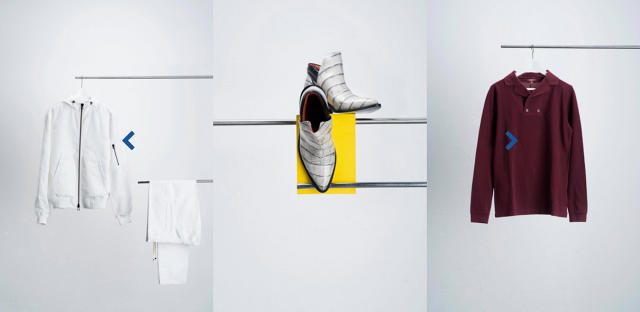
Swedish Institute’s Henrik Selin insists that the marketing campaign hopes to spark conversation about sustainability.
“the speculation was to encourage folks to take a more in-depth take a look at what the fad business or wearing garments method for the impact that it has on our planet,” says Selin. “the average Swede throws away eight kilos of clothes a year. [ShareWear] isn’t a proposal to change the Swedish style business, but to do things in a slightly completely different approach, to introduce the option of actually lending individuals style and giving clothes a 2d life.”

for the reason that ShareWear launched in mid-January, all the campaign’s 30 clothes were shared out from more than a few VisitSweden places of work in European capitals, Moscow, and New York city. every garment will also be tracked on ShareWear’s website online. Selin hopes that public scrutiny will push tardy borrowers to place the clothes back up for mortgage. wish to see if any ShareWear clothes are on your city? track the #sharewear hashtag.
Selin and his colleagues don’t have any set plan for ShareWear’s future, and no plans to liberate any other wave of clothes. Selin says that global Swedish offices like these VisitSweden has in overseas nations are using ShareWear as a springboard to talk about sustainability strategies.
“[ShareWear] just isn’t about masking the arena with garments but inspiring a story. All our embassies world wide are talking about this initiative on social media pages and provoking discussions, along with our exhibitions on climate change,” says Selin.

fashion is considered one of Sweden’s largest growing industries, says Selin, so wasteful practices in that sector are a major a part of the country’s resource footprint. however it’s also about the fashion business’s world influence—now not just how garment lifespans can also be extended, however within the working conditions for garment makers in countries like Bangladesh and Pakistan. Selin and his colleagues hope ShareWear prompts discussions about sustainability that lead to hard looks at each company’s international affect.
To be truthful, the trend business is not ignorant of its environmental influence: Levi Strauss & Co. has been releasing a lifecycle evaluation study annually because 2007 to trace the useful resource impression of its signature jeans along a pair’s lifespan. Their 2010 Waterless campaign aimed to cut back water consumption of their jeans advent process from 28% as much as ninety six% in sure merchandise.
Swedish fashion manufacturers participating in ShareWear’s first batch of clothes embody Filippa okay, Hope, house of Dagmar, and Whyred. significantly absent is the Swedish world juggernaut H&M, though H&M has its own multipart sustainability initiative, along with an annual sustainability file. consistent with the most recent file, 21.2% of H&M’s international cotton used in 2014 was sustainable, with the intention of a hundred% sustainable cotton in 2020. H&M’s in-retailer clothing recycling bins claimed to soak up 7,864 tons of garments in 2014, however even passing along clothes a la ShareWear is usually a small option to repurpose garments.
“clearly this is just one manner in a wide range of that you can think of methods how you can scale back your individual personal impact,” says Selin. “We hope these clothes will continue to go back and forth, hope to see comments and tales, see how this plays out, and the way individuals be in contact about it.”
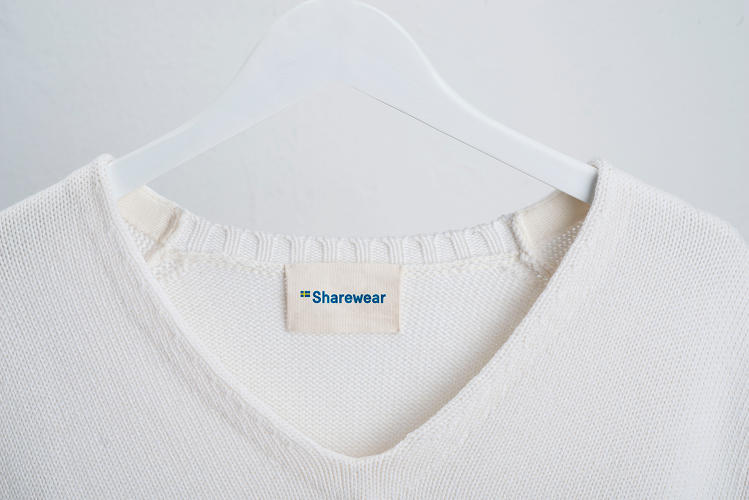

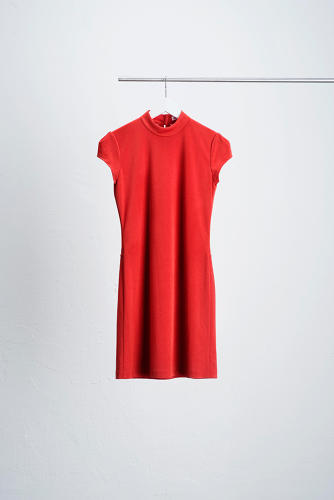
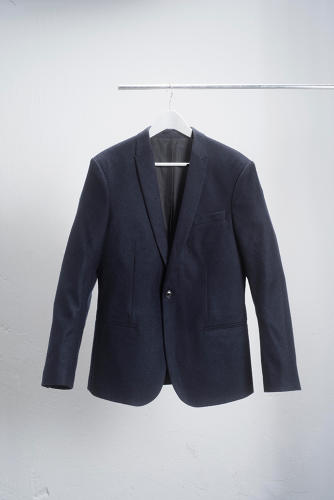
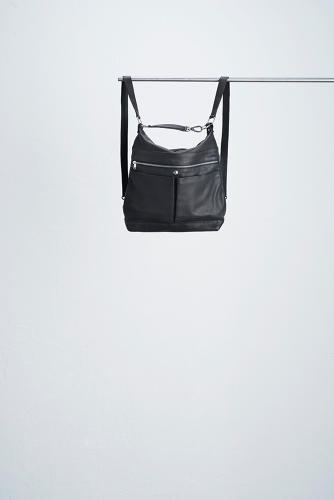

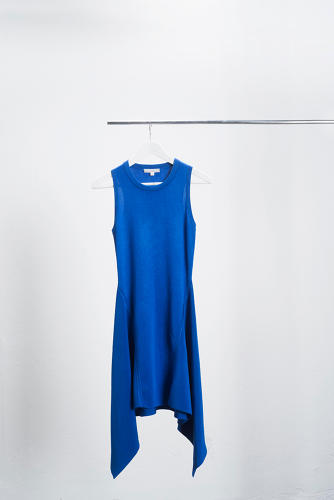
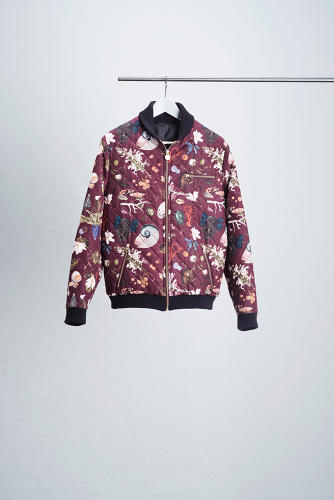
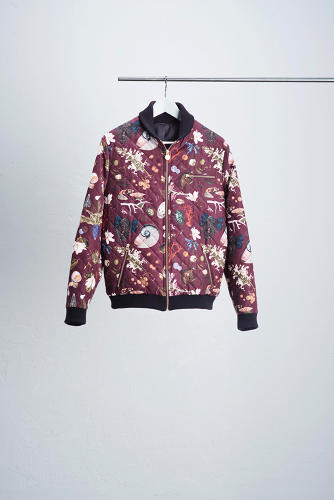

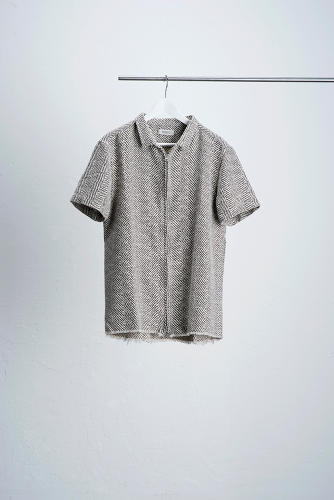
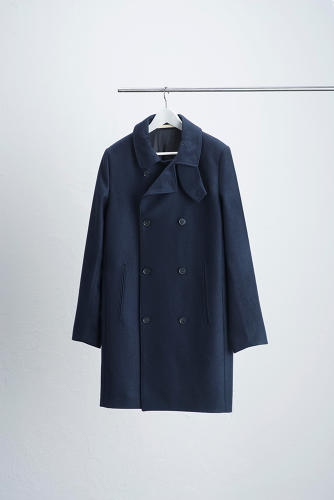
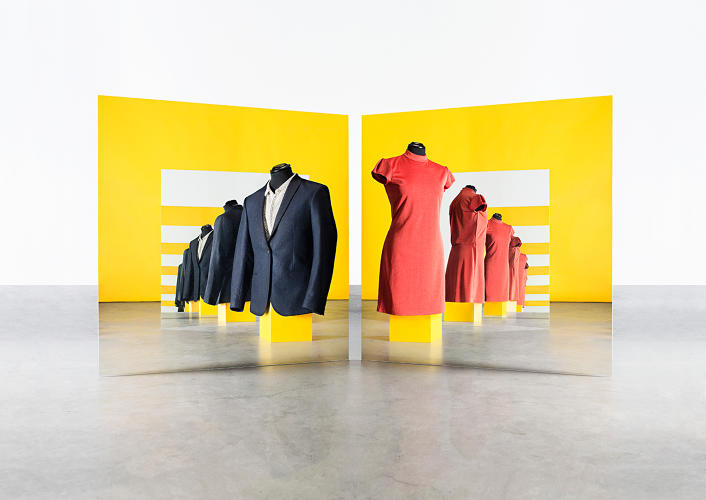
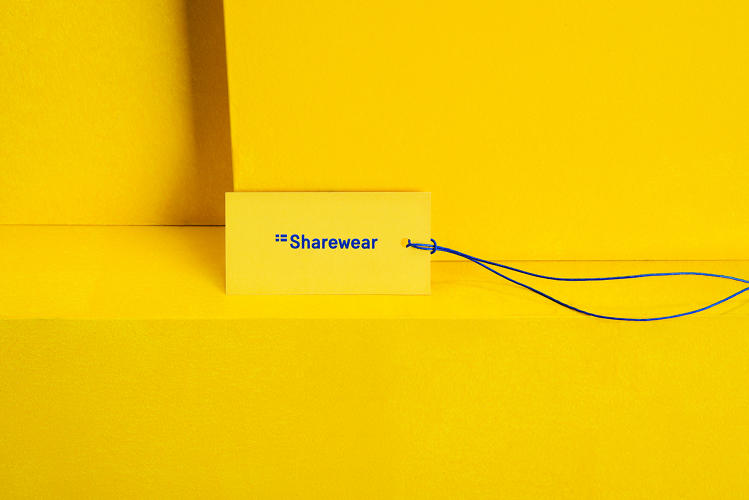
fast company , read Full Story
(29)













